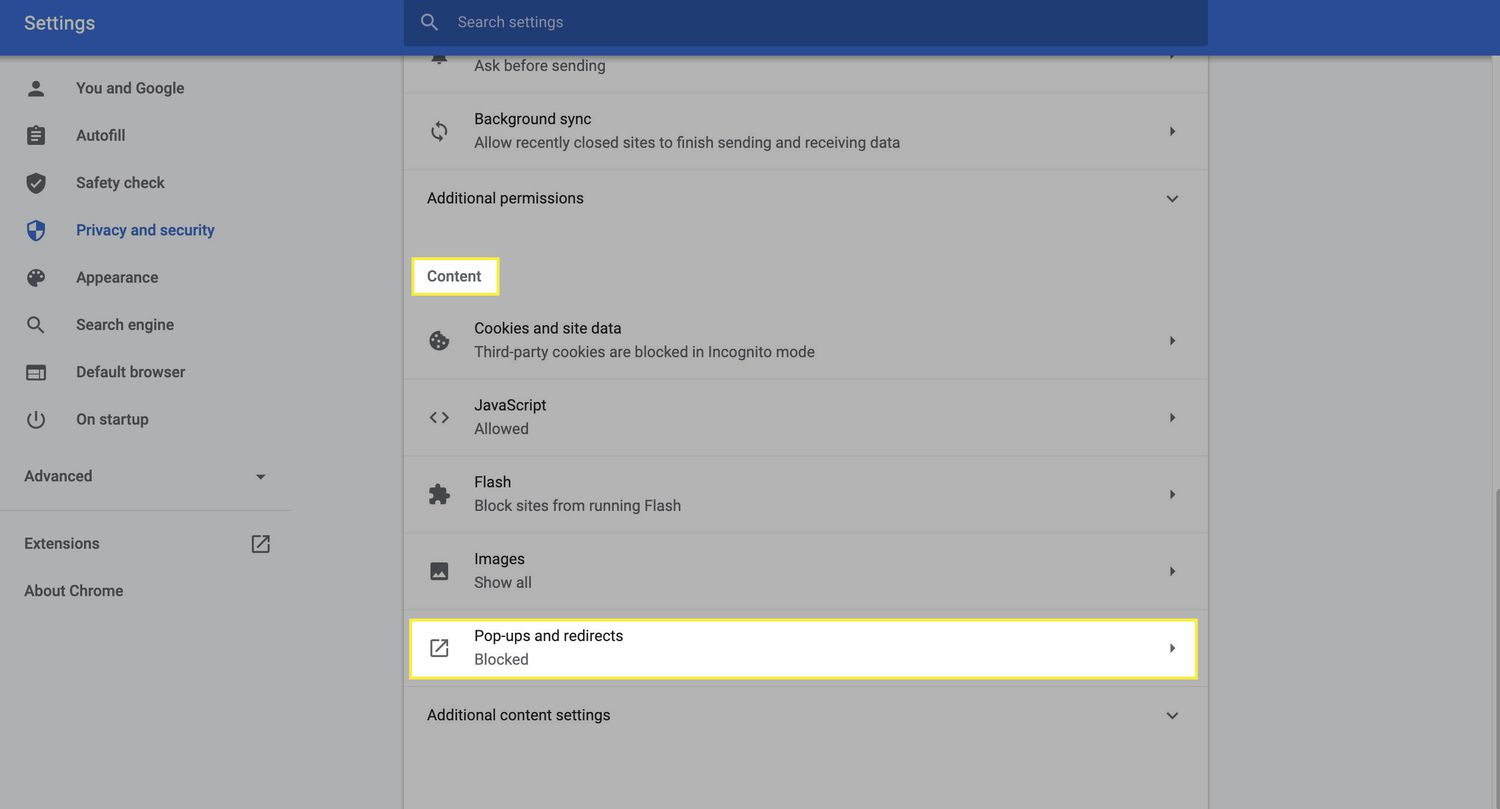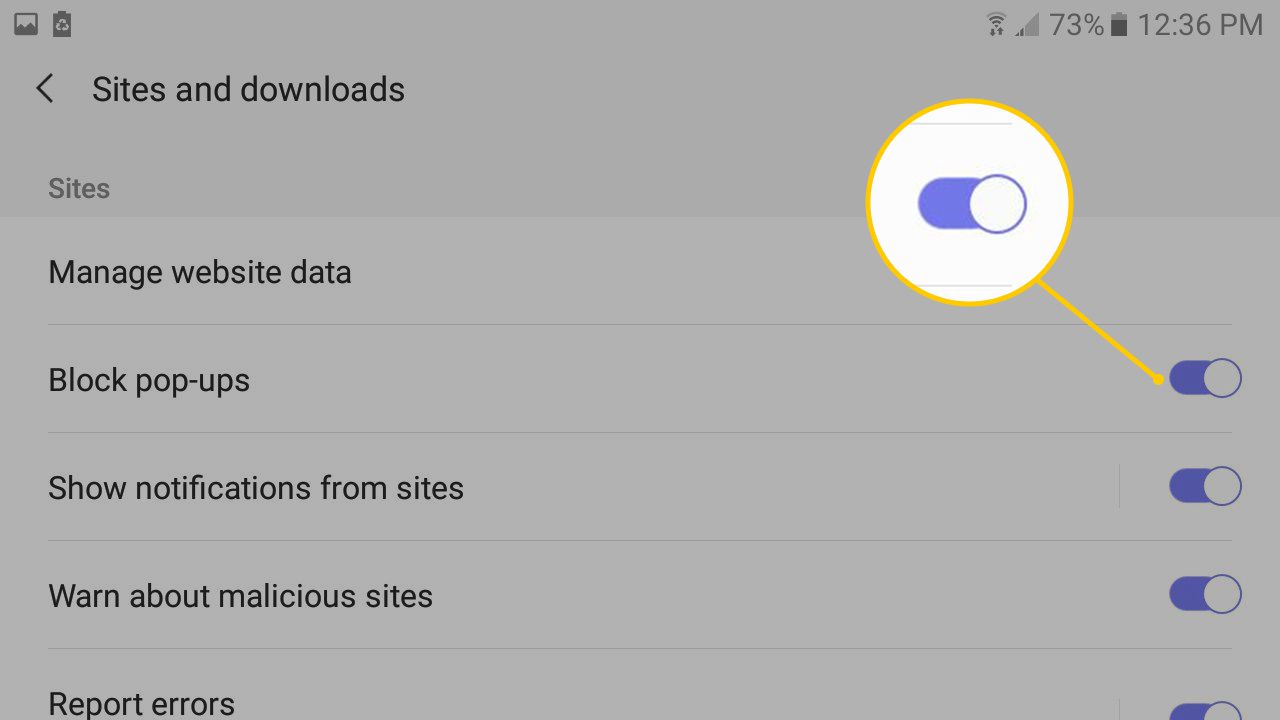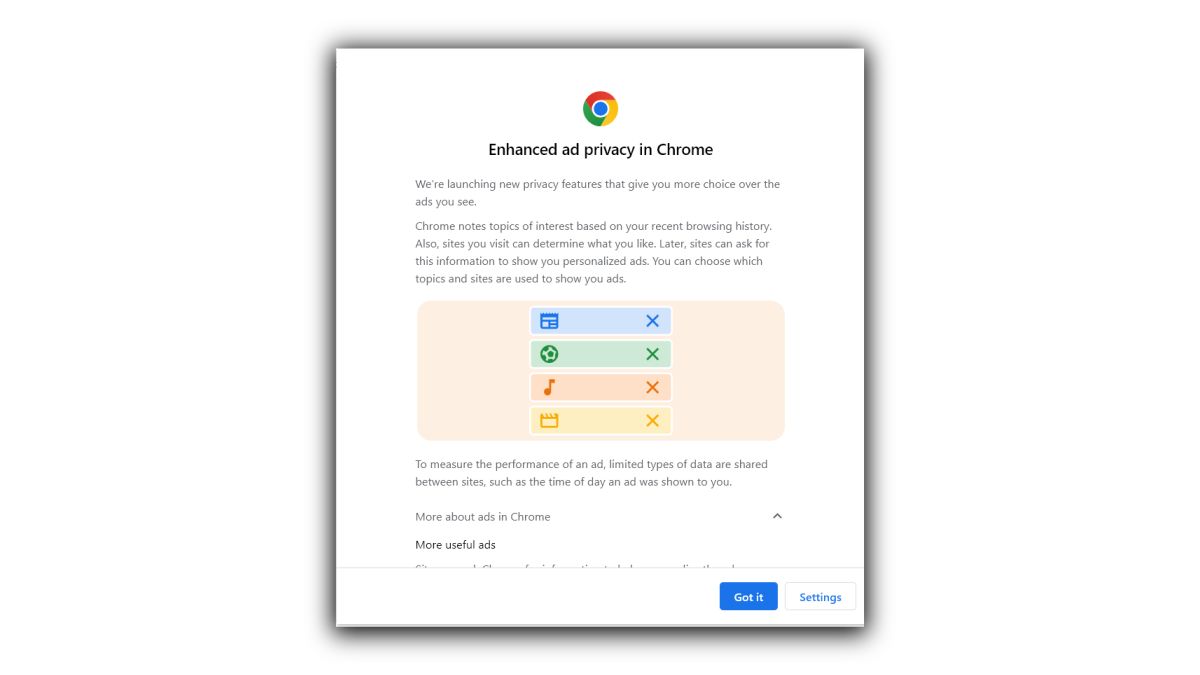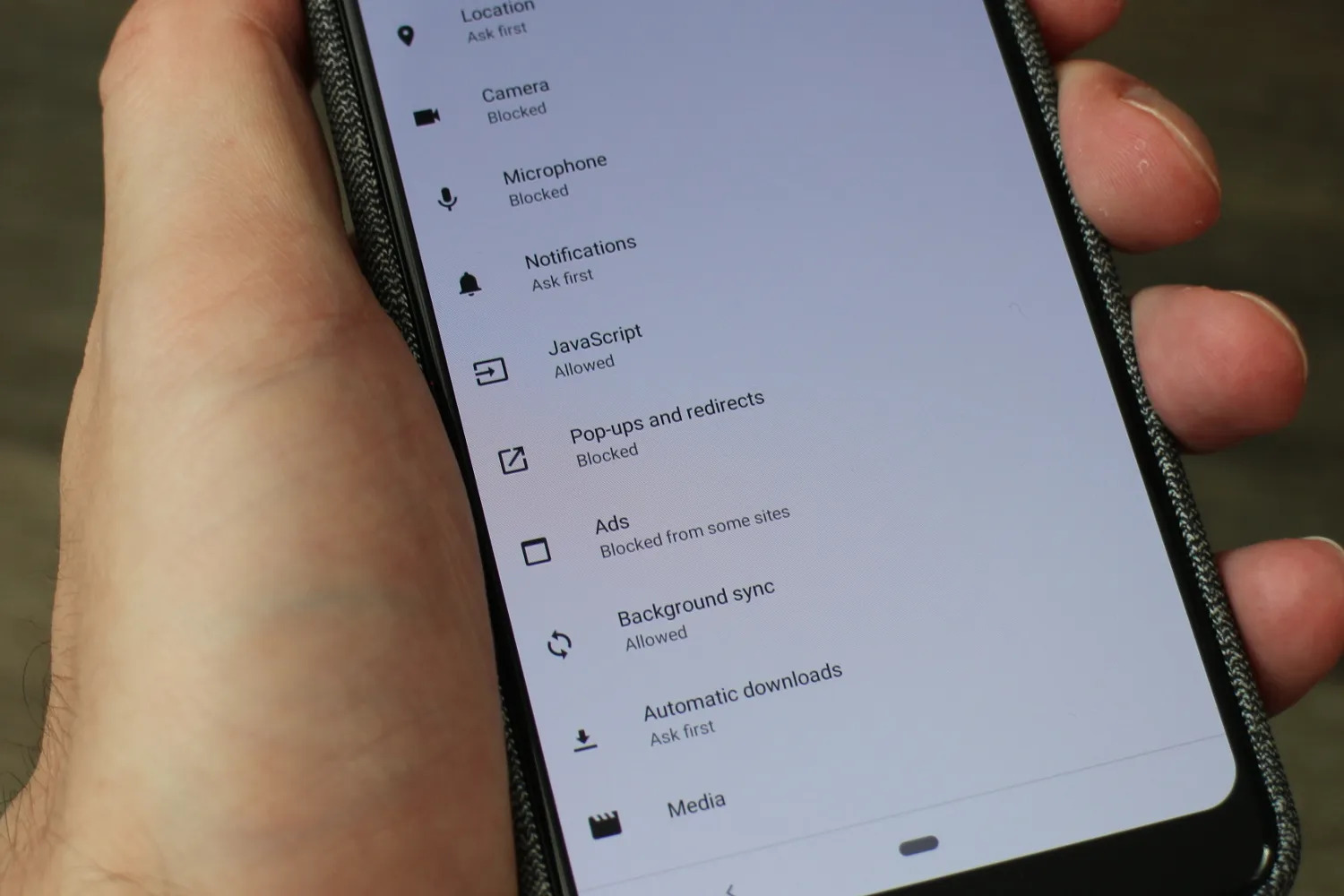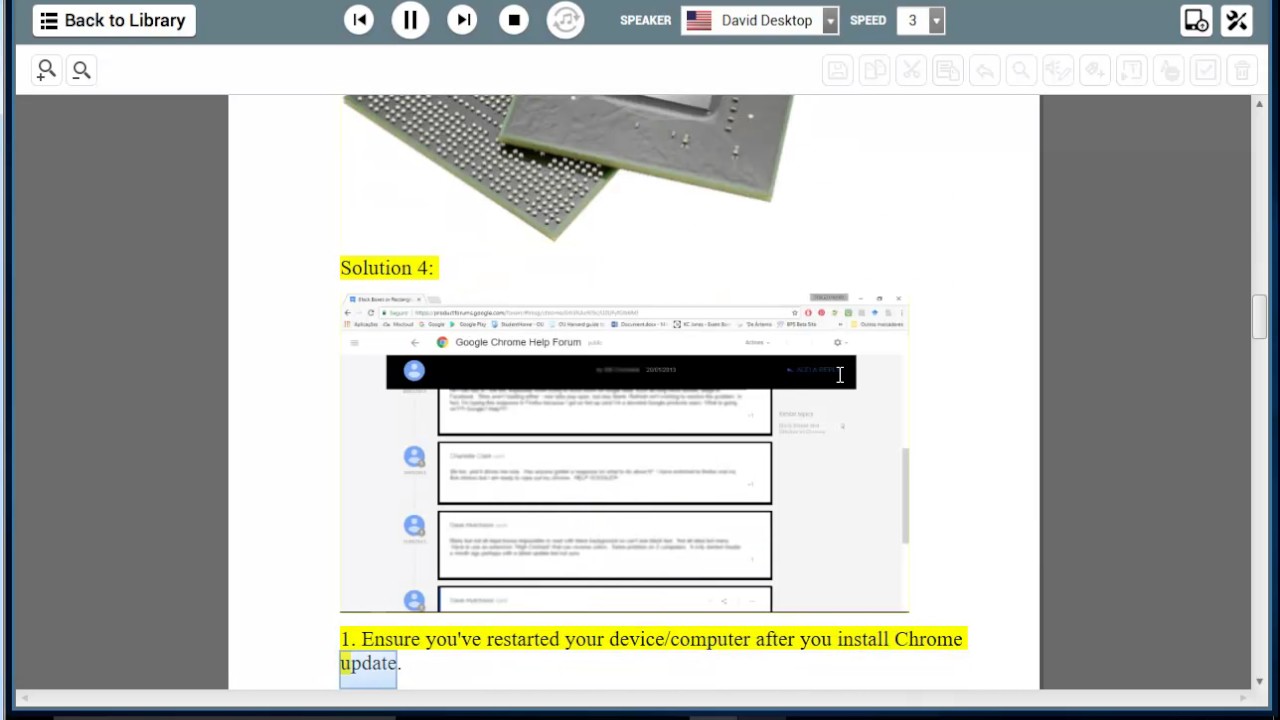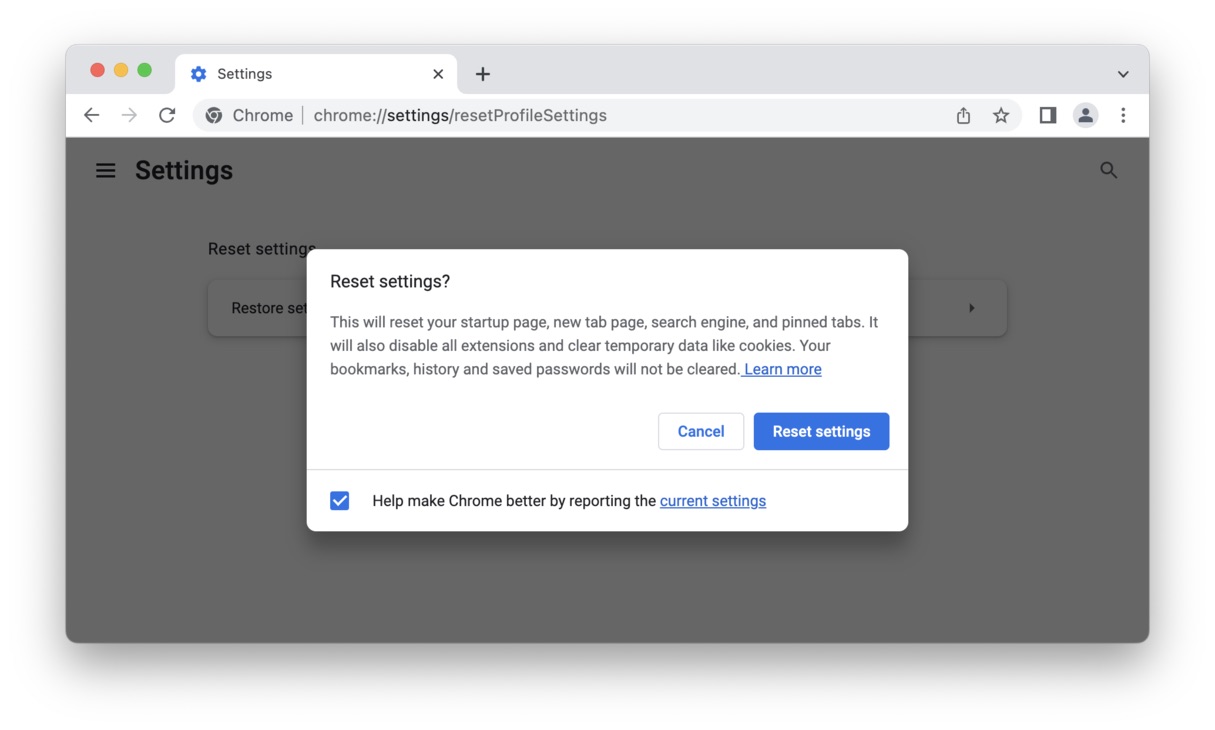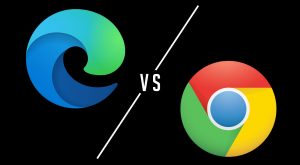Introduction
Pop-up ads can be incredibly frustrating, disrupting your browsing experience and slowing down your workflow. These intrusive advertisements seem to appear out of nowhere, often when you least expect them, and can make navigating the web feel like a constant battle. If you're a Chrome user, you're likely all too familiar with the annoyance of pop-up ads. However, there's good news – you don't have to tolerate them any longer.
In this comprehensive guide, we'll delve into the world of pop-up ads and explore effective strategies to banish them from your Chrome browser once and for all. Whether you're a seasoned internet user or just getting started, understanding the nature of pop-up ads and learning how to eliminate them is essential for a smoother and more enjoyable online experience.
So, if you're tired of being bombarded with unwanted pop-ups while browsing the web, you're in the right place. By the end of this guide, you'll have the knowledge and tools to reclaim control of your browsing experience and bid farewell to those pesky pop-up ads. Let's dive in and take the first step toward a pop-up-free browsing experience on Chrome.
Understanding Pop-Up Ads
Pop-up ads are a common nuisance encountered by internet users across the globe. These intrusive advertisements manifest in separate browser windows or tabs, often appearing unexpectedly and disrupting the user's browsing experience. They can range from innocuous promotions to more insidious forms, such as fake system alerts or deceptive offers. Pop-up ads are designed to capture the user's attention and compel them to engage with the advertised content, often leading to unintended clicks or even exposure to malicious websites.
The prevalence of pop-up ads can be attributed to their effectiveness in garnering user attention. By interrupting the browsing flow, these ads demand immediate notice, making it challenging for users to ignore them. Furthermore, the dynamic nature of pop-up ads enables them to bypass traditional ad-blocking measures, presenting a persistent challenge for internet users seeking uninterrupted browsing sessions.
It's important to note that not all pop-up ads are inherently malicious. Many legitimate websites utilize pop-ups for various purposes, such as displaying cookie consent notices, subscription prompts, or interactive content. However, the indiscriminate proliferation of intrusive pop-up ads has led to widespread frustration among internet users, prompting the need for effective strategies to mitigate their impact.
Understanding the underlying mechanisms of pop-up ads is crucial for devising effective countermeasures. By recognizing the tactics employed by advertisers and malicious entities to deploy pop-up ads, users can better equip themselves to combat these disruptions and safeguard their browsing experience. With a clear understanding of the nature and impact of pop-up ads, users can proceed to implement targeted solutions to mitigate their presence and restore seamless browsing on Chrome.
Steps to Get Rid of Pop-Up Ads on Chrome
-
Update Chrome: Ensure that your Chrome browser is up to date. Click on the three-dot menu in the top-right corner, go to "Help," and select "About Google Chrome." Chrome will automatically check for updates and install them if available. Keeping your browser updated is crucial for security and performance enhancements, including improved pop-up ad blocking.
-
Enable Chrome's Pop-Up Blocker: Chrome comes equipped with a built-in pop-up blocker that can effectively mitigate the intrusion of pop-up ads. To enable this feature, click on the three-dot menu, go to "Settings," then "Privacy and security," and select "Site settings." Under the "Permissions" section, click on "Pop-ups and redirects" and ensure that the toggle switch is set to block pop-ups.
-
Install Ad-Blocking Extensions: Explore the Chrome Web Store for reputable ad-blocking extensions such as AdBlock, uBlock Origin, or AdGuard. These extensions offer advanced ad-blocking capabilities, including the ability to filter out intrusive pop-up ads and enhance your overall browsing experience.
-
Clear Browsing Data: Regularly clearing your browsing data can help eliminate stored cookies and cached content that may contribute to the display of pop-up ads. To do this, click on the three-dot menu, go to "More tools," and select "Clear browsing data." Choose the time range and the types of data you want to clear, then click "Clear data."
-
Disable Unwanted Extensions: Review your installed Chrome extensions and remove any that are unnecessary or potentially adware-related. Click on the three-dot menu, go to "More tools," and select "Extensions." Disable or remove any suspicious or unfamiliar extensions that may be contributing to the appearance of pop-up ads.
-
Reset Chrome Settings: If you continue to encounter persistent pop-up ads, consider resetting Chrome settings to their default state. Click on the three-dot menu, go to "Settings," scroll down and click on "Advanced," then select "Reset and clean up." Choose "Restore settings to their original defaults" and follow the prompts to reset Chrome.
-
Scan for Malware: Run a thorough malware scan on your system using reputable antivirus or anti-malware software. Malicious software can often be the underlying cause of persistent pop-up ads, and a comprehensive scan can help identify and remove any potential threats.
By following these steps, you can effectively combat the intrusion of pop-up ads on Chrome and create a more seamless and enjoyable browsing experience. Implementing these strategies empowers you to take control of your online environment and minimize the disruptive impact of unwanted pop-up ads.
Conclusion
In conclusion, conquering the persistent nuisance of pop-up ads on Chrome is not only achievable but essential for reclaiming a seamless and uninterrupted browsing experience. By understanding the nature of pop-up ads and implementing targeted strategies, users can effectively mitigate their impact and restore control over their online environment.
The first crucial step in combating pop-up ads is to ensure that Chrome is kept up to date. Regular updates not only enhance security and performance but also contribute to the effectiveness of Chrome's built-in pop-up blocker. Enabling this feature, along with installing reputable ad-blocking extensions, provides a robust defense against intrusive advertisements, including pop-up ads.
Additionally, the proactive management of browsing data and installed extensions plays a pivotal role in curbing the appearance of pop-up ads. Regularly clearing browsing data and scrutinizing installed extensions for potential adware or unwanted software can significantly reduce the likelihood of encountering disruptive pop-up ads during browsing sessions.
For users facing persistent pop-up ad issues, the option to reset Chrome settings to their default state can serve as a powerful remedy. This approach helps eliminate any lingering configurations or settings that may be contributing to the prevalence of pop-up ads, offering a fresh start for a cleaner browsing experience.
Furthermore, the importance of conducting thorough malware scans cannot be overstated. Malicious software often lurks behind the scenes, triggering the display of persistent pop-up ads. By running comprehensive malware scans using reputable antivirus or anti-malware software, users can identify and eliminate potential threats, fortifying their defenses against intrusive advertisements.
By implementing these strategies and adopting a proactive approach to managing Chrome's settings and extensions, users can effectively minimize the disruptive impact of pop-up ads and create a more enjoyable and secure browsing environment. With these tools and insights at their disposal, users can navigate the web with confidence, free from the incessant interruptions caused by unwanted pop-up ads.
In the ever-evolving landscape of online advertising and browsing security, staying informed and proactive is key to maintaining a harmonious browsing experience. By leveraging the knowledge and strategies outlined in this guide, users can navigate the digital realm with greater ease, empowered to combat the intrusion of pop-up ads and embrace a more streamlined and enjoyable browsing experience on Chrome.







